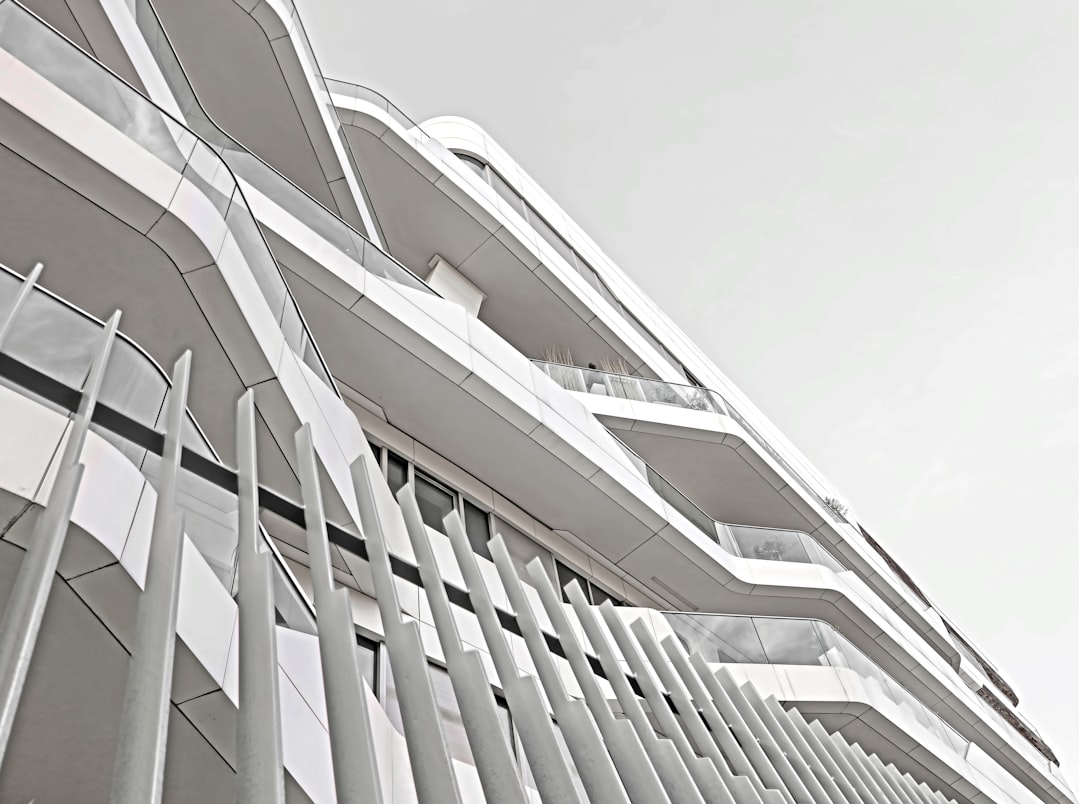The construction industry is undergoing a significant transformation, driven by the need for sustainable, efficient, and cost-effective building solutions. Hybrid construction, a methodology that combines different materials and construction techniques, is emerging as a leading approach to meet these demands. This innovative approach offers a unique blend of benefits, addressing the limitations of traditional methods while maximizing advantages.
Understanding the Essence of Hybrid Construction
Hybrid construction, in its simplest form, refers to the strategic integration of two or more distinct building materials and/or construction methods within a single project. This isn’t about haphazardly mixing materials; it’s a carefully planned approach leveraging the strengths of each component to create a superior structure. For instance, a building might utilize a timber frame for its skeleton, complemented by concrete infill panels for enhanced fire resistance and thermal performance. The key is synergy – each material contributes to the overall performance, creating a structure that’s stronger, more sustainable, and more efficient than one built using a single material alone.
Popular Hybrid Construction Combinations and Their Advantages
Numerous combinations are possible within hybrid construction, each offering unique advantages depending on the project’s specific requirements and context. Some popular combinations include:
- Steel and Concrete: This combination often utilizes steel for its structural frame, providing strength and flexibility, while concrete is used for infill walls and floors, offering excellent fire resistance and thermal mass. This approach is common in high-rise buildings and industrial structures.
- Timber and Concrete: Timber frames, known for their sustainability and speed of construction, are frequently combined with concrete elements for increased stability and fire protection. This hybrid approach is popular in residential and commercial low-rise buildings.
- Steel and Timber: This combination leverages the strength of steel for load-bearing elements while using timber for cladding or internal structures, creating aesthetically pleasing and sustainable buildings. This approach is increasingly used in modern architectural designs.
- Mass Timber and Concrete: Mass timber, utilizing large engineered wood panels, offers a sustainable and strong alternative to traditional timber framing. Combining it with concrete provides a highly efficient and eco-friendly building solution, particularly suitable for multi-story structures.
- Modular Construction and Hybrid Materials: Modular construction, where building sections are prefabricated offsite, can be seamlessly integrated with hybrid material approaches. This accelerates construction, reduces waste, and allows for greater design flexibility.
Materials Commonly Used in Hybrid Construction
The versatility of hybrid construction allows for a wide range of materials. Beyond the examples mentioned above, common materials include:
- Steel: Offers high strength-to-weight ratio, durability, and flexibility.
- Concrete: Provides excellent compressive strength, fire resistance, and thermal mass.
- Timber: A sustainable, renewable resource offering good insulation properties and aesthetic appeal.
- Cross-Laminated Timber (CLT): An engineered wood product with high strength and stiffness, ideal for large-scale applications.
- Bamboo: A rapidly renewable resource with significant strength and flexibility, used increasingly in sustainable building projects.
- Recycled Materials: Increasingly incorporated to enhance the sustainability profile of hybrid structures.
Challenges and Considerations in Hybrid Construction
While offering significant advantages, hybrid construction presents some challenges:
- Design Complexity: Integrating different materials requires careful planning and detailed design to ensure compatibility and structural integrity.
- Material Compatibility: Ensuring proper interaction between different materials is crucial to prevent issues like corrosion, expansion, and contraction discrepancies.
- Specialized Labor: Working with multiple materials often requires a skilled workforce with expertise in various construction techniques.
- Cost Management: While potentially cost-effective in the long run, initial costs can be higher due to the complexity of the project.
- Regulatory Compliance: Meeting building codes and regulations for multiple materials can be complex and require careful navigation.
The Future of Hybrid Construction: Trends and Innovations
The future of hybrid construction is bright, with ongoing innovation driving further advancements. Key trends include:
- Increased Use of Sustainable Materials: The focus is shifting towards incorporating more sustainable and recycled materials to reduce the environmental impact of construction.
- Advancements in Prefabrication and Modular Construction: Offsite construction techniques are becoming increasingly sophisticated, leading to faster and more efficient building processes.
- Integration of Smart Building Technologies: Hybrid structures are increasingly incorporating smart sensors and automation systems to optimize energy efficiency and building performance.
- Development of New Hybrid Material Combinations: Research and development are exploring novel material combinations to further enhance the performance and sustainability of hybrid buildings.
- Improved Design Software and Simulation Tools: Advanced software is enabling more accurate design and analysis of hybrid structures, minimizing risks and optimizing performance.
In conclusion, hybrid construction represents a significant leap forward in building technology, offering a pathway to more sustainable, efficient, and resilient structures. While challenges exist, the advantages and potential for innovation make it a crucial approach for shaping the future of the built environment.
Tags: hybrid construction, sustainable building, timber framing, steel construction, concrete construction




